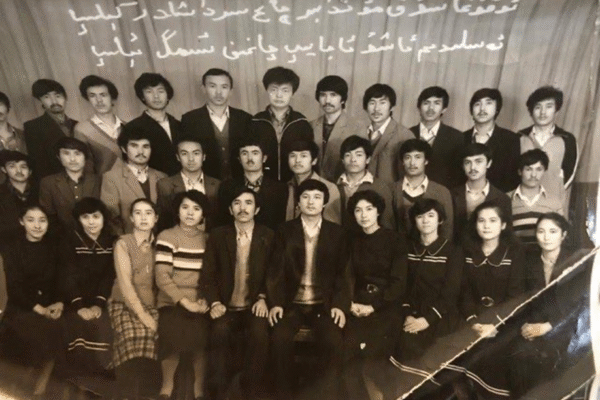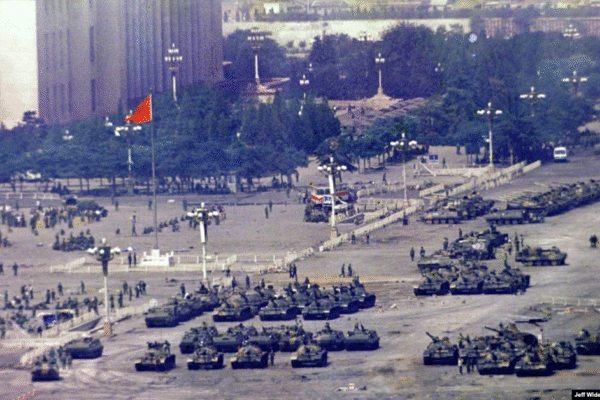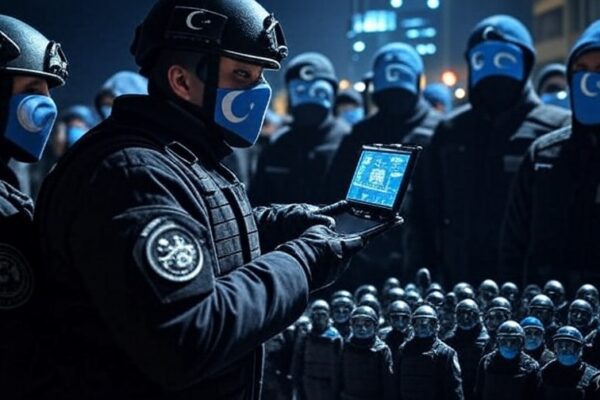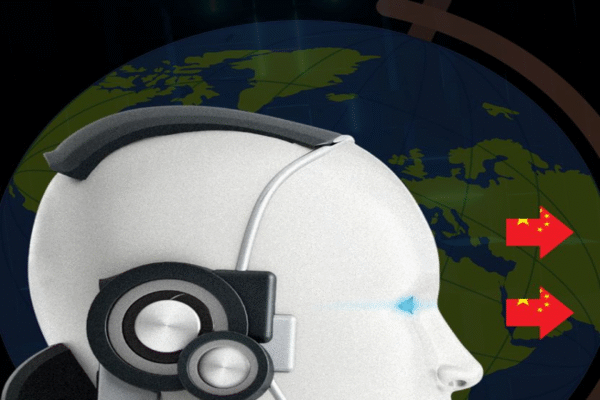
Remembering the June 15 Uyghur Student Demonstration
June 15 marks a significant day—the 37th anniversary of the 1988 Student Demonstration, one of the most unforgettable acts of resistance in Uyghur history.

June 15 marks a significant day—the 37th anniversary of the 1988 Student Demonstration, one of the most unforgettable acts of resistance in Uyghur history.

In Tonsley, Australia, the “Trees Not Teslas” campaign fights to save 60 trees from Tesla’s proposed battery recycling facility. With 95% of public submissions opposing the plan, activists cite environmental concerns and Elon Musk’s controversial image, while the council emphasizes job creation. The proposal awaits state approval amid growing tensions.

South Africa ramps up vaccinations to combat a worsening foot-and-mouth disease outbreak threatening beef supplies, with over 900,000 doses ordered and Karan Beef’s major feedlot under quarantine.

Dolkun Isa, the ex. President of the World Uyghur Congress, commemorates the 36th anniversary of the Tiananmen Square Massacre by drawing a powerful connection between the 1989 atrocity and China’s continued oppression in East Turkistan. He calls for international solidarity and justice for all victims of Chinese authoritarianism.

In the year 1989, around 1.5 million Chinese students, workers and common citizens occupied Beijing’s Tiananmen Square to protest against the ruling regime. This was the largest political protest in communist China’s history. More than 6 weeks of protests ended with the brutal Tiananmen Square Massacre of 3-4 June.

Turkish authorities dismantle a sophisticated Chinese espionage ring using IMSI-catcher devices to spy on Uyghurs and officials. The five-year operation, uncovered in May 2025, involved fake cell towers and shell companies, marking one of Turkey’s most advanced espionage cases.

Explore President Trump’s bold Middle East diplomacy in May 2025, including his controversial meeting with Syria’s Ahmad al-Sharaa, a former terrorist, and the decision to lift sanctions. Discover the implications for regional stability and U.S. foreign policy in this in-depth analysis.

Discover the latest on China’s potential move to address the fentanyl crisis to kickstart trade talks with the US. Explore smuggling routes, production hubs, and the impact on US-China relations in this investigative news report.

China raises its flag on Sandy Cay, a disputed South China Sea reef near the Philippines.

The Investigative Journalism Reportika report, “The Chinese Global Brain Turning Back to Home,” examines China’s strategic repatriation of STEM talent to drive innovation in AI, semiconductors, and more. Highlighting initiatives like the Thousand Talents Plan and “Made in China 2025,” it details the return of experts from the U.S., Europe, and beyond, their contributions to China’s tech ecosystem, and the geopolitical tensions, including espionage concerns, reshaping global innovation.